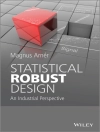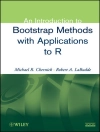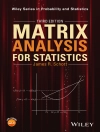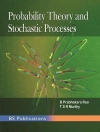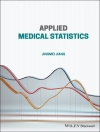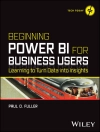This contributed volume explores innovative research in the modeling, simulation, and control of crowd dynamics. Chapter authors approach the topic from the perspectives of mathematics, physics, engineering, and psychology, providing a comprehensive overview of the work carried out in this challenging interdisciplinary research field. In light of the recent COVID-19 pandemic, special consideration is given to applications of crowd dynamics to the prevention of the spreading of contagious diseases. Some of the specific topics covered in this volume include:
– Impact of physical distancing on the evacuation of crowds
– Generalized solutions of opinion dynamics models
– Crowd dynamics coupled with models for infectious disease spreading
– Optimized strategies for leaders in controlling the dynamics of a crowd
Crowd Dynamics, Volume 3 is ideal for mathematicians, engineers, physicists, and other researchers working in the rapidly growing field of modeling and simulation of human crowds.
Table of Content
N. Bellomo, L. Gibelli, Behavioral human crowds: Recent results and new research frontiers.- F. Ceragioli, P. Frasca, B. Piccoli, F. Rossi, Generalized solutions to opinion dynamics models with discontinuities.- Z. Sabeur, B. Arbab-Zavar, Crowd behaviour understanding using computer vision and statistical mechanics principles.- L. Li, H. Liu, Y. Han, G. Zhang, D. Lu, Applications of crowd dynamic models: Feature analysis and process optimization.- G. Albi, F. Ferrarese, C. Segala, Optimized leaders strategies for crowd evacuation in unknown environments with multiple exits.- E. Ronchi, D. Nilsson, R. Lovreglio, M. Register, K. Marshall, The impact of physical distancing on the evacuation of crowds.- D. Kim, A. Quaini, A kinetic theory approach to model crowd dynamics with disease contagion.- M. Colangeli, A. Muntean, Towards a quantitative reduction of the SIR epidemiological model.- G. Pescarmona, P. Terna, A. Acquadro, P. Pescarmona, G. Russo, E. Sulis, S. Terna, An agent-based modelof COVID-19 Diffusion to plan and evaluate intervention policies.






